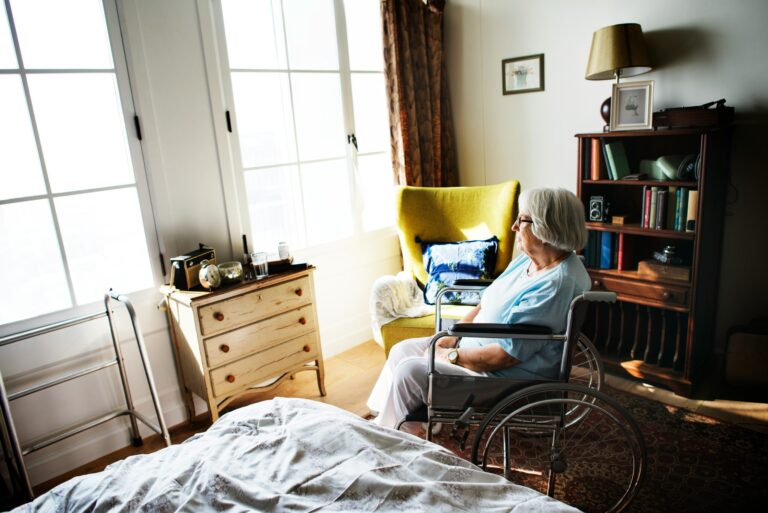A rising demand for senior-friendly homes is reshaping the housing market, according to a report from the U.S. Department of Housing and Urban Development (HUD) on February 27, 2025. This trend is being driven by the aging baby boomer generation, whose need for accessible and adaptable living spaces is increasing as they seek to age in place. The growing demand for homes that cater to the needs of seniors is impacting a wide range of stakeholders, including senior citizens, homebuilders, architects, and healthcare providers, all of whom are working to meet the unique needs of this demographic.
A key moment in this shift was the introduction of new housing designs tailored specifically for aging residents. These homes feature single-level layouts, wider doorways, and no-step entries, making them more accessible for individuals with mobility challenges. The focus on easy accessibility ensures that seniors can move freely throughout their homes, reducing the risk of falls and accidents. Additionally, these homes are equipped with safety features such as grab bars, wheelchair ramps, and light switches that are easier to reach, further enhancing the livability for older residents. These design changes reflect a broader push to make homes safer and more comfortable for seniors who wish to remain in their homes for as long as possible.
The lasting impact of this trend is expected to be the continued growth of the senior housing market, with more developers focusing on building homes that are not only accessible but also supportive of aging individuals. As more seniors express a desire to age in place, homes that are designed with their needs in mind will become increasingly important. The demand for these senior-friendly homes will likely continue to rise, driving innovation in homebuilding practices and encouraging the development of neighborhoods that are more inclusive for older residents.
This shift is also expected to influence urban planning and community development. Local governments and urban planners may place greater emphasis on creating environments that support aging populations, integrating accessible public spaces, and ensuring that neighborhoods are designed to allow seniors to live independently for longer. These changes could lead to the development of more senior-friendly communities, where essential services such as healthcare, shopping, and public transportation are easily accessible, enhancing the overall quality of life for older adults.
In the long term, the rising demand for senior-friendly homes will have a profound impact on both the housing market and community development. As the baby boomer generation continues to age, the need for homes that cater to their specific needs will continue to grow, reshaping the housing landscape and driving further innovation in the senior housing sector. This trend will likely lead to the creation of more communities designed with seniors in mind, where they can live independently, safely, and comfortably.
Ultimately, the increase in demand for senior-friendly homes highlights the need for a more inclusive housing market that recognizes the diverse needs of an aging population. By focusing on accessibility and safety, homebuilders and developers can help ensure that seniors have the opportunity to enjoy their later years in homes that support their well-being and independence. This shift represents not just a response to demographic changes but a recognition of the importance of providing homes that allow seniors to live life on their own terms.
